
Their RFID is in many ways superior to the recently listed Smartag as they have active RFID. Yesterday EAH made a quiet announcement of an acquisition proposal, prompting me to visit the management again.
This is the fourth time I have spoken to management, and as in any company, the products and services are secondary to the management's ability, strategy and thinking behind all things. They are not contend to just sit around and tinker with their existing businesses only. They seem to know the benefits and leverage of a listed vehicle and plans to use them assiduously to grow the company inorganically. The top management is always seeing nimble and smaller companies, with the strategy to bring these to their fold for inorganic growth.
As usual, being the skeptic, I threw plenty of questions to their underlying strategy. I am impressed with their thinking and their guidelines on fair valuation and earnings accretive acquisitions. For them, seeking out growth companies is not a maybe/if thing but a structured way to meeting and visiting capable companies. Management indicated that they see on average 2-3 companies a month with some needing further meetings should they wish to deliberate further.
It just surprised me it took them almost 9 months to do their first acquisition, I guess they were being careful. Management has indicated that there should be at least one or two more significant acquisitions which will move the company earnings to the next level. It is fine and dandy to have all that but the key is they seem to have a disciplined approach to drill down on numbers, ratios and margins when talking about M&A candidates - that is unusual but appealing for such a smallish company.

The gist from my conversations with management was that DDSB will be one of several acquisitions that the management in conjunction with its team of advisors have been actively scouting the market to make as part of it M&A growth strategy n that its a wise and sensible strategy as any M&A will be predicated on eight criteria, namely, as follows :-
1. Companies with proven, established business track record of a minimum 5 to 10 years;
2. Companies must have revenues above RM10m annually;
3. Companies must be PAT positive and annual year on year profit outlook of above 20% for the next 3 years;
4. Companies must be cash flow positive and self reliant;
5. Companies must have committed and dedicated management team with a long term outlook;
6. All acquisitions will be strictly for shares only;
7. Earnings growth should be sustainable for 3-6 year and/or scalable; and
8. Management must be passionate, engaging and driven.
As I understand it, the acquisition of DDSB also comes with a profit guarantee, based on the target set you see the acquisition is earnings accretive and puts the company in good stead for the longer term.
EAH was the best IPO last year, and that even at present levels, its price 49c last traded and warrants 20c, gives the company (59/25) a return in excess of 118% based on their IPO price. If you were a betting man, you would wager a bet on the company growing solidly from here if it has embarked on a sustainable strategy with sound acquisitions based on the 8 criteria outlined.

DDSB: DDSB, the proposed company to be acquired, is principally involved in the provision of management services and solutions through the three operating groups of the company, which consist of Enterprise Solutions, E-Business and Collaborative Management. Over the recent years, IP-Based Supervisory Control and Data Acquisition (“iSCADA”) and Implementation are adding more value to the company.
DDSB’s services and products include Human Capital Management and MySAP Human Resource, B2B Business Commerce, Enterprise Internet Infrastructure, Enterprise eBusiness Application Development and Content Management System, Collaborative Management,iSCADA and GIS Mobile Field Force System for Managing Remote Assets System.
What is more significant is that DDSB was an incubatee company of Tenaga Nasional. As such DDSB has strong ties with TNB and TNB is a firm long term client of DDSB.

Looking at the chart above, the stock has held up well since its listing mid-last year. Even the terrible months in February and March did nothing much to dent its share price. Looks like marking time, concentrating on operations and organic growth, and now seems to be the catalysts in line to move the share to the next level.
Existing EAH Operations: For 2010, the company recorded revenue of RM20.7m and a net profit of RM4.042m or an EPS of 3.3 sen. From what I can gather from management, they have already secured projects which is a significant jump from last year's total revenue figure already and earnings should present a strong upside from last year's figure. The RFID unit has been making steady inroads in building security and automation for major buildings in the Klang Valley. Their active RFID cards are also sold through a wide distributorship in Malaysia and Singapore, and that helps create a recurring revenue which is high margin (more than 40%). Management has indicated that they are close to sealing a regional distribution deal for their RFID products with a strong regional player, which should vastly expand their reach and penetration.
Their banking solutions unit has secured a couple of significant projects of which their value is significantly higher than the total revenue last year. EAH apparently has a lot on their plate already and its just April 2011.

Acquisition Proposal: While the announcement was a Heads of Agreement only, management has indicated that the deal will be a very good one as its a strategic acquisition as well. EAH is on the MOF panel as well, and DDSB being a TNB incubatee company, should be highly synergistic to the group.
EAH will be acquiring 51% of DDSB. The indicative purchase consideration for the Proposed Acquisition is RM19.38m, which will be fully satisfied by the issuance new ordinary shares at an issue price of RM0.40 per share.
While the terms are still not certain, management has indicated that they won't be overpaying and that the deal should come with a profit guarantee as well. What is more important is having such a well networked company into their fold. While I asked incessantly about DDSB's profit guarantees, none was disclosed except that they will be at a significant level compared to present EAH's net profits.
Outlook: It is easy to like EAH because they have shown that its not difficult to make money. From the base of their operations now, they are easily pushing past the RM4m net profit of last year. This is a strong comfort level for those who wish to discover new gems in smaller companies. At RM4m, its EPS is already 3.3 sen. It does not take a genius to figure that there is a good chance that earnings could surge to double that even just based on existing operations.
Some may point to the recent dilution effect potential of its 1-for-2 warrants. But I would see that positively, I mean you are going to get 78m warrant holders waiting to pay 59 sen to convert to EAH shares, that is RM47m cash to the bank. In a capital intensive company, that may be working capital but to an asset light (services based) company such as EAH, that brings plenty of comfort in terms of cash per share buffer and firepower for intelligent M&A activities.
As I mentioned before, I like the management because they have a credible vision and the risk was their execution part. Now it looks like they are off the blocks. Those who have come across DDSB in their line of work will know that it is an attractive company to have in your fold - in fact it could be listed separately in a couple of years time, according to some insiders.
Looking at the current share price, still below 50 sen following the news of the proposal, it seems more people need to discover this stock. There was a late surge in buying today, somehow there are smarter people out there who do do their homework as well. For a company that is expanding its earnings platform, with net profits probably doubling this year, and probably next year again, its warrants a second look. This looked like a gem in the making.










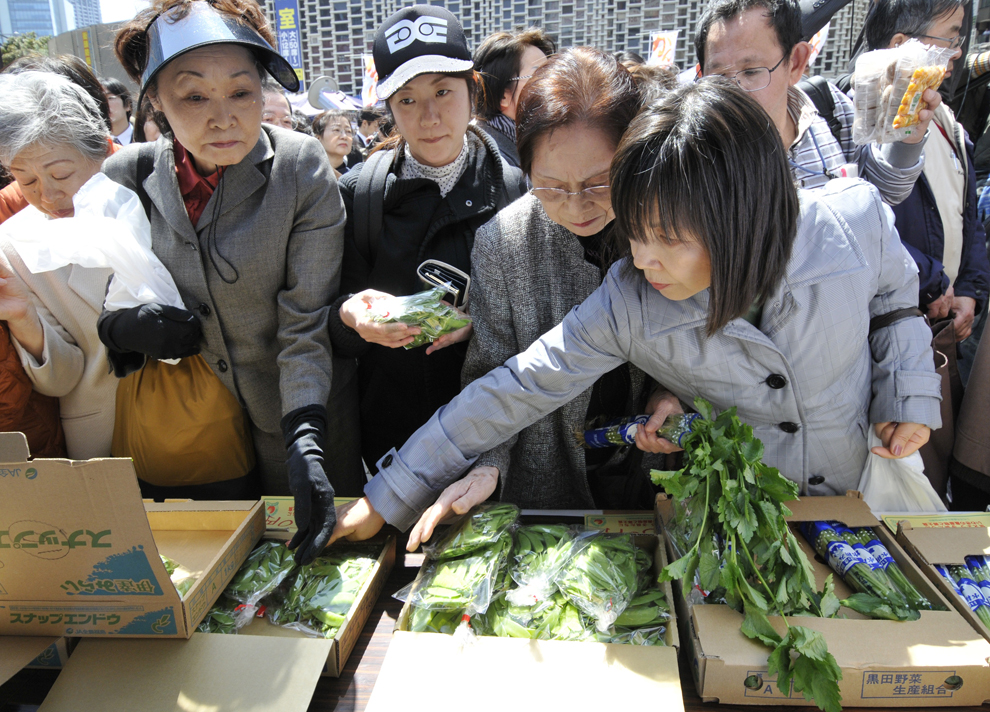


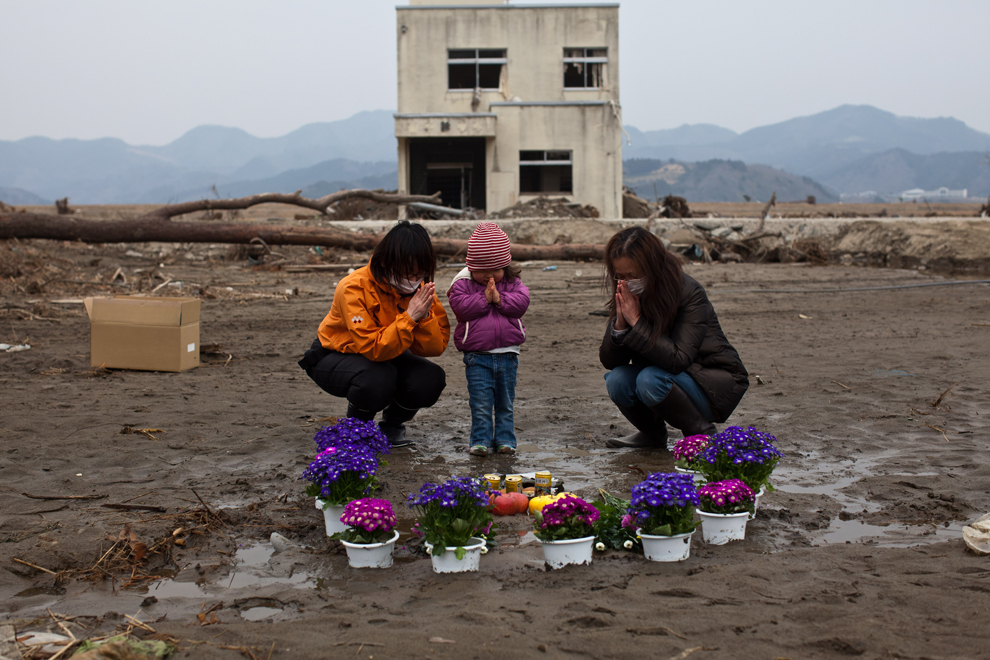
![[del.icio.us]](http://www.bschool.com/wp-content/plugins/bookmarkify/delicious.png)
![[Digg]](http://www.bschool.com/wp-content/plugins/bookmarkify/digg.png)
![[Facebook]](http://www.bschool.com/wp-content/plugins/bookmarkify/facebook.png)
![[Mixx]](http://www.bschool.com/wp-content/plugins/bookmarkify/mixx.png)
![[Reddit]](http://www.bschool.com/wp-content/plugins/bookmarkify/reddit.png)
![[Twitter]](http://www.bschool.com/wp-content/plugins/bookmarkify/twitter.png)
![[Email]](http://www.bschool.com/wp-content/plugins/bookmarkify/email.png)
 It's impossible to be involved in international business today without paying attention to the economies of Asian nations like China, India and Japan. These countries are major players in technology, manufacturing, research and development and many other facets of business. Whether you're a
It's impossible to be involved in international business today without paying attention to the economies of Asian nations like China, India and Japan. These countries are major players in technology, manufacturing, research and development and many other facets of business. Whether you're a 

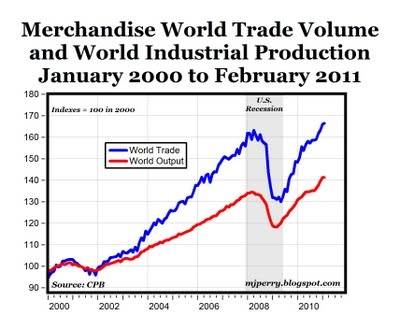

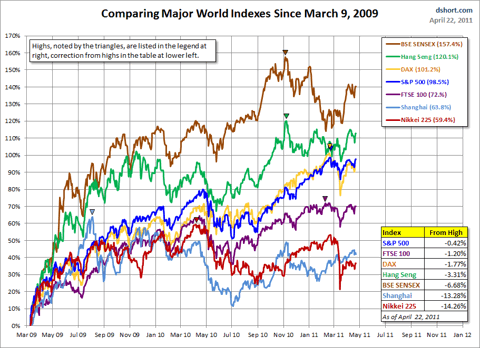
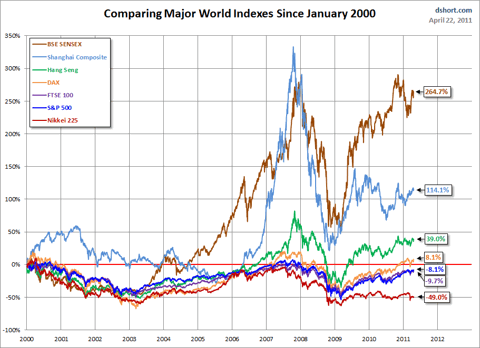












 This reflected the dynamic - almost electrifying - opposition campaign in the urban areas, especially in Miri where voters experienced the political awakening that their counterparts in Kuching had experienced in 2006, and in Sibu at the 2010 by-election.
This reflected the dynamic - almost electrifying - opposition campaign in the urban areas, especially in Miri where voters experienced the political awakening that their counterparts in Kuching had experienced in 2006, and in Sibu at the 2010 by-election. The preliminary findings highlight that the movement is greatest in mixed constituencies, and significant movement occurred across the ethnic communities, even the Malays.
The preliminary findings highlight that the movement is greatest in mixed constituencies, and significant movement occurred across the ethnic communities, even the Malays. The table (left) also highlights that the change in voting across the ethnic communities. The greatest movement compared to 2006 was in mixed seats, followed by movement in the Orang Ulu community in places such as Ba'Kelalan (where Baru Bian won his seat) but also places such as Telang Usan.
The table (left) also highlights that the change in voting across the ethnic communities. The greatest movement compared to 2006 was in mixed seats, followed by movement in the Orang Ulu community in places such as Ba'Kelalan (where Baru Bian won his seat) but also places such as Telang Usan. As is shown in this table (right), this occurred most starkly in semi-rural areas.
As is shown in this table (right), this occurred most starkly in semi-rural areas. The 'safe' seats in the urban periphery are no longer 'safe'. The change in voting pattern reflected not just Chinese support for Pakatan, but Iban and Bidayuh support as well. In fact, what is especially interesting is that the movement in support in rural areas is more than the share in urban areas (although it is important to note that the urban areas have more voters).
The 'safe' seats in the urban periphery are no longer 'safe'. The change in voting pattern reflected not just Chinese support for Pakatan, but Iban and Bidayuh support as well. In fact, what is especially interesting is that the movement in support in rural areas is more than the share in urban areas (although it is important to note that the urban areas have more voters). Drawing from the study of 'saluran' results in seven seats so far, from the Miri, Kuching and Bidayuh areas (semi-rural and urban seats), the findings suggest that a youth revolt has occurred.
Drawing from the study of 'saluran' results in seven seats so far, from the Miri, Kuching and Bidayuh areas (semi-rural and urban seats), the findings suggest that a youth revolt has occurred. When one considers the high number of younger voters that did not register, estimated in the 100,000s in Sarawak, and the large number of younger voters working outstation, these results should be quite worrying for the BN indeed. The fact that the election was timed well before Gawai (the harvest festival in June) is also important: had it coincided, the impact of younger voters returning for the holiday would possibly result in greater losses for the BN.
When one considers the high number of younger voters that did not register, estimated in the 100,000s in Sarawak, and the large number of younger voters working outstation, these results should be quite worrying for the BN indeed. The fact that the election was timed well before Gawai (the harvest festival in June) is also important: had it coincided, the impact of younger voters returning for the holiday would possibly result in greater losses for the BN. These findings collectively show that there is indeed a new Sarawak, that voters across races, across geographic areas and especially the state's future are no longer supporting the BN to the same degree. While the two-thirds may not have been broken, profound political change did come to Sarawak.
These findings collectively show that there is indeed a new Sarawak, that voters across races, across geographic areas and especially the state's future are no longer supporting the BN to the same degree. While the two-thirds may not have been broken, profound political change did come to Sarawak.




